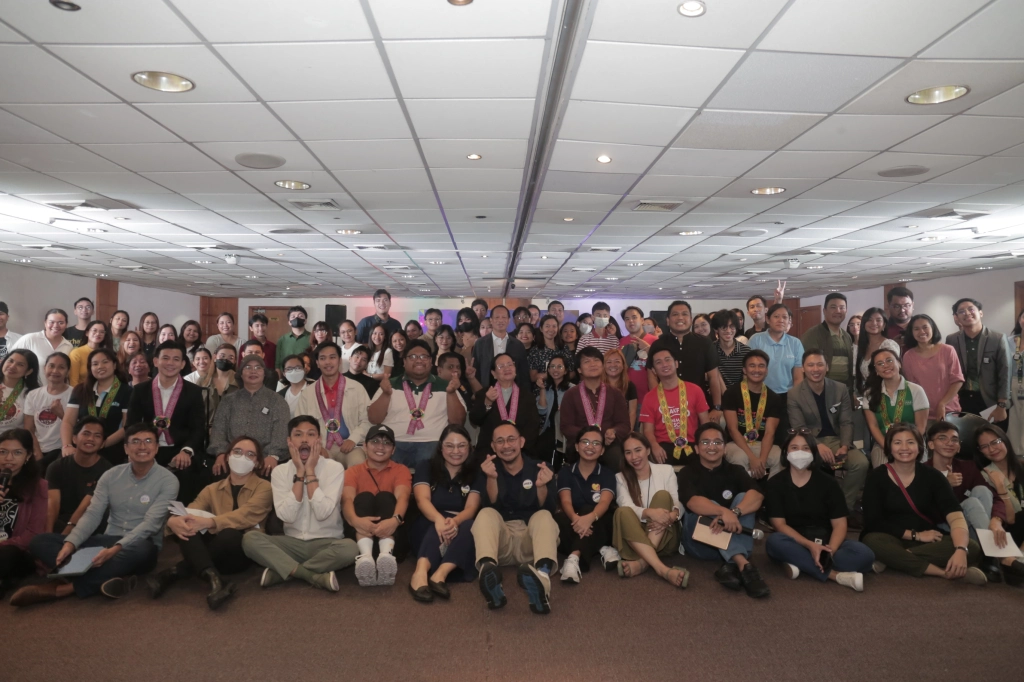As iVolunteer Philippines partner with nonprofits and other advocacy-oriented institutions, we are often asked why a nonprofit should engage volunteers on top of its existing official staff. Some worry that the overhead of managing volunteers may be too taxing for staffs and overshadow delivery of the nonprofit’s programs. Why then invest in engaging volunteers?
Gone are the days when we think of volunteering as only for those who can commit long-term, members of the boy and girl scouts, or brave individuals of the fire brigade. Today, there are new breeds of volunteers who have a lot to share with their skills, time, and other resources. They can provide help and share their skills and professional expertise. One way to engage these volunteers it through microvolunteering.
It is now about being clear on the programs and strategising how volunteers can help. This can be done by breaking down activities into smaller volunteering opportunities to which people can sign up to. Moreover, it is considering the meaning of the activities to volunteers and the community, and the risk of delegating tasks to someone new.
Microvolunteering can provide several benefits to both the nonprofit and the volunteers

Increased capacity for the nonprofit
This is common and obvious. With a nonprofit’s limited capacity and capability, help on tasks requiring specific skills and manpower is always appreciated. It has to be ensured though that these tasks are supervised by someone in the organisation to ensure that everything contributes to its goals. Exploring volunteers may even decide to commit long-term if the organisation’s advocacy aligns with their own.
New ambassadors for the advocacy
Staffs tend to focus more on delivering programs and forget that one of their roles is to spread the advocacy and influence others. Giving others a peek into a nonprofit’s operations through microvolunteering is a perfect way to let the rest of the world understand the nonprofit’s advocacy. The positive experience would translate to stories to friends, families, and communities. The best way to advertise is to have advocacy champions who will share through testimonies and word of mouth. Even if volunteers do not commit long-term, the word will reach others who can provide more help.
Development and growth of future leaders
Majority of the individuals who run nonprofits were one way or another volunteers before they became leaders. As they become organisation heads, they get preoccupied of running the day-to-day operations. But their duty doesn’t stop at delivering the goals of the organisation. Leaders should also pay it forward to the next set of volunteers like the people who inspired them in their own journeys. With the passing of the baton of leadership to the next generation comes the responsibility to provide the same adventure to new volunteers. Leaders should mould them to be ready, have hope for the country, and take responsibility to move things forward.

Having the ability to engage volunteers is both a privilege for the organisation and a responsibility. In order for these to happen, organisations need to invest on having a resource—normally a volunteer manager—to take the lead. They would represent and think about the volunteers and guide them to ensure that their work aligns with the organisation’s goals. They would provide necessary orientation to make the volunteering experience more meaningful. They would create a venue where volunteers can provide feedback and process their learnings.
by JB Tan, iVolunteer Philippines








Leave a comment